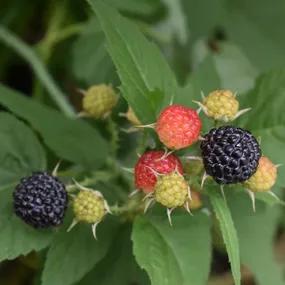You can grow your whole soft fruit cage from the dozens of berry varieties we grow.
We grow almost all our soft fruit here in the UK, and our varieties are chosen to eat off the bush, cook or freeze.
Except for the Blackberries, Blueberries and Hybridberries, most of our stock is available bareroot.
Bareroot stock is cheaper than its container grown equivalent, and it is only delivered in winter.
Our stocks of potted soft fruit bushes always get snapped up quickly, so order early to avoid disappointment.
All Soft Fruit Plants are VAT Free.
Your mail order berry bushes are delivered by next working day courier.
If there is anything wrong with your plants when they arrive, Contact Us within 5 working days, and our friendly support team will sort it out.
All bareroot plants are covered by our Refund Guarantee, so you can give them a whirl with complete confidence.



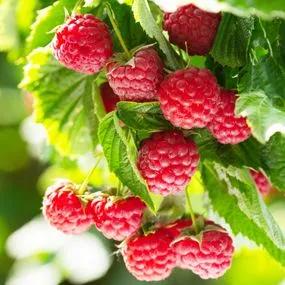
.webp)
 2.webp)
 3.webp)
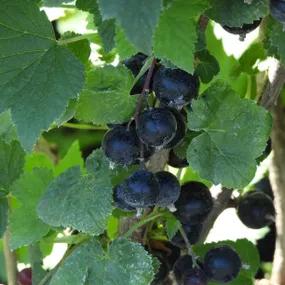
 3.webp)
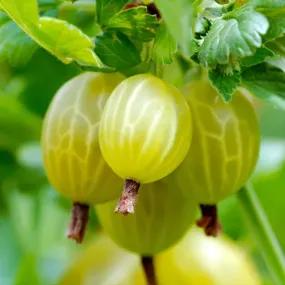
 3.webp)
 2.webp)
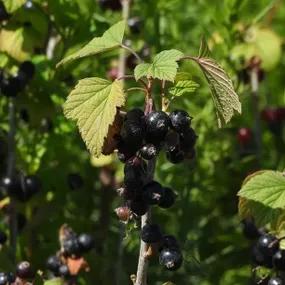
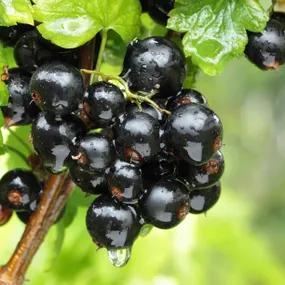
 2.webp)
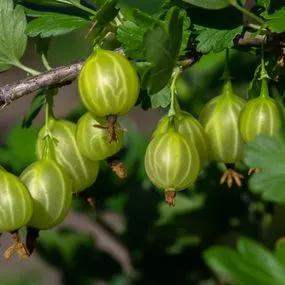

.webp)
